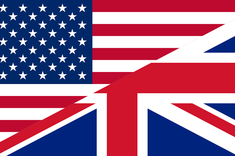
US Cities vs their British Counterparts
Last updated: Tuesday January 18th, 2022
Report this blog
- Introduction
- New York, NY vs York, North Yorkshire
- Boston, MA vs Boston, Lincolnshire
- Birmingham, AL vs Birmingham, West Midlands
- Newark, NJ vs Newark-on-Trent, Nottinghamshire
- Manchester, NH vs Manchester, Greater Manchester
- Durham, NC vs Durham, County Durham
- Cambridge, MA vs Cambridge, Cambridgeshire
- Worcester, MA vs Worcester, Worcestershire
- Plymouth, MA vs Plymouth, Devon
- Dover, DE vs Dover, Kent
- Lincoln, NE vs Lincoln, Lincolnshire
- Washington, D.C. vs Washington, Tyne and Wear
- Final Thoughts
Introduction
Welcome to this blog. I thought of this idea while thinking about the similarity in names between New York and York. Also, following my Interesting Facts blog where I mentioned the fact "5 of the 8 largest cities in Massachusetts are named after places in England.", I decided to do a bit more research.
For each settlement pair, there will be one from the United States and one from the United Kingdom. These settlements either have the same name, or a very similar name. Enjoy!
New York, NY vs York, North Yorkshire
Also, contrary to popular belief, New York is not named after York, but rather it was named for the Duke of York, who would become King James II of England.
New York, New York
York, North Yorkshire
New York (City) is the largest city in the United States, with a population of 8,804,190, according to the 2020 census. It is comprised of 5 boroughs: Bronx, Brooklyn, Manhattan, Queens, and Staten Island. It is home to the One World Trade Center, the tallest building in the United States, and the seventh-tallest in the world. New York is a largely important global city.
York is a cathedral city, and one of the largest cities in Northern England, with a population of 164,934. It is the county town of historic Yorkshire, and the second-largest settlement in North Yorkshire. It was founded by the Romans in 71 AD as Eboracum, and was later the capital of Britannia Inferior. It has previously been a major hub for the railway network.
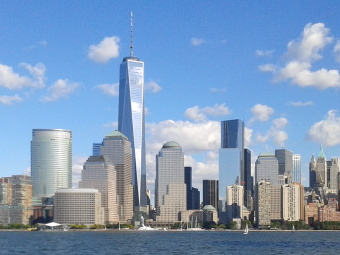
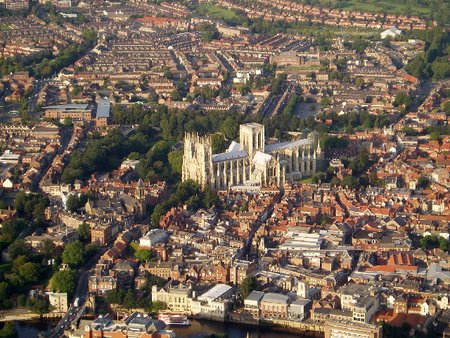
Boston, MA vs Boston, Lincolnshire
Boston, Massachusetts
Boston, Lincolnshire
Boston is the capital and most populous city of Massachusetts. It has a population of 675,647 as of 2020, making it the most populous city of New England. It was founded in 1630 by Puritans from Boston, Lincolnshire. It is notable for the Boston Massacre, Boston Tea Party, and Battle of Bunker Hill.
Boston is a market town in Lincolnshire, England. It has a population of 46,506 as of 2020, making it the fourth most populous settlement in Lincolnshire. It is located on the Prime Meridian, 100 miles north of London. It is home to St Botolph's Church, the largest parish church in England.
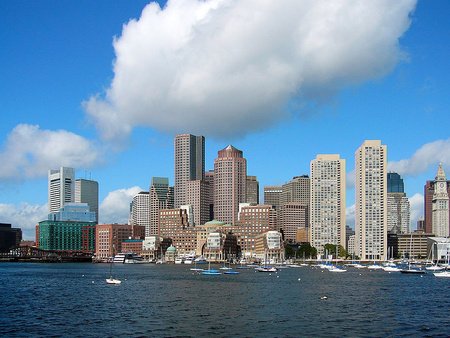
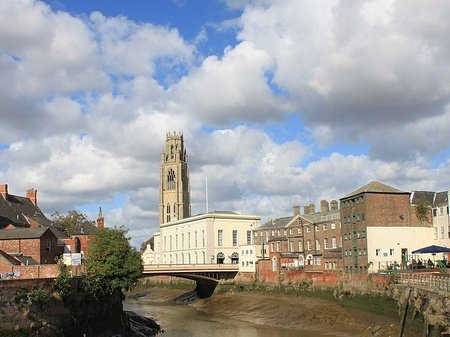
Birmingham, AL vs Birmingham, West Midlands
Birmingham, Alabama
Birmingham, West Midlands
Birmingham is the second-most populous city in Alabama, with a population of 200,733 as of 2020. Birmingham was founded in 1871. It quickly annexed many of its neighbors and became a large center of mining, iron and steel, and rail transport. Between 1880 and 1910, Birmingham's population rapidly grew from 3,086 to 132,685.
Birmingham is the second-most populous city in the United Kingdom, with a population of 1,141,816. It is located in the centre of England, between Coventry and Wolverhampton. Birmingham grew during the 18th century due to the Industrial Revolution, where it played a large part in science and technology advancements.
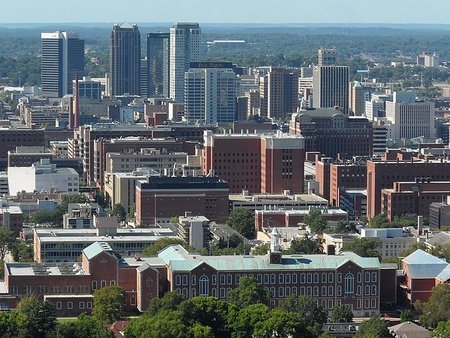
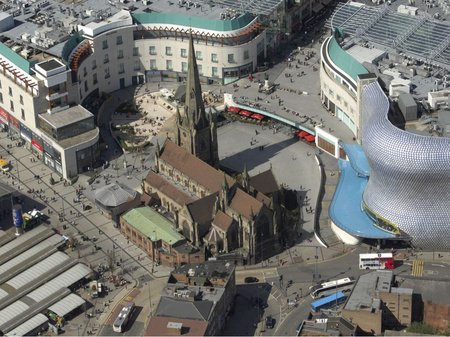
Newark, NJ vs Newark-on-Trent, Nottinghamshire
Newark, New Jersey
Newark-on-Trent, Nottinghamshire
Newark is the largest city in New Jersey. It has a population of 311,549 as of 2020. It is in close proximity to New York. It is home to Port Newark-Elizabeth, the busiest container shipping terminal of the busiest seaport on the East Coast. It is also home to Newark Liberty International Airport. Like Boston, it was settled by Puritans, but in 1666.
Newark-on-Trent, aka Newark, is the eighth largest settlement in Nottinghamshire. Its population is 40,118 as of 2020. Newark-on-Trent grew around Newark Castle, as a centre for wool and cloth trades. During the English Civil War, it was besieged by Parliamentarian forces, and relieved by Royalist forces.
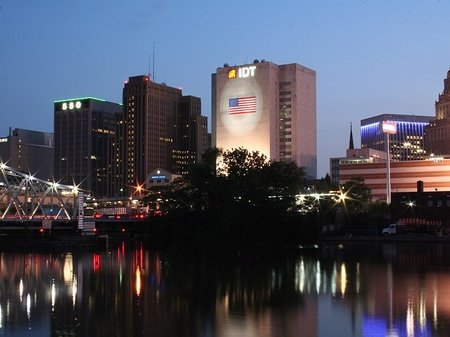

Manchester, NH vs Manchester, Greater Manchester
Manchester, New Hampshire
Manchester, Greater Manchester
Manchester is the largest city in New Hampshire. It has a population of 115,644 as of 2020. Manchester is highly ranked as one of the best cities in the US for affordability, education levels, and liveability. Manchester lies close to the northern end of the Northeast Megalopolis. Manchester, along with Nashua, are the two seats of Hillsborough County.
Manchester is the sixth largest city in the UK, and the largest in Greater Manchester. Its population is 567,334 as of 2020. Its economic boom was due to textile manufacture in the Industrial Revolution, making it the world's first industrialised city. It is home to Manchester City FC and Manchester United FC, two of the most valuable football teams in the world.
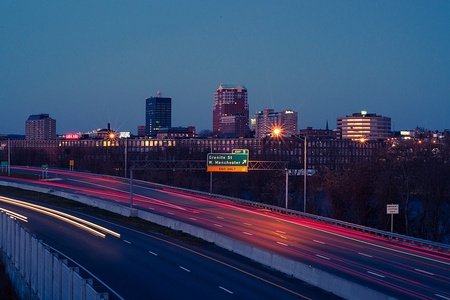
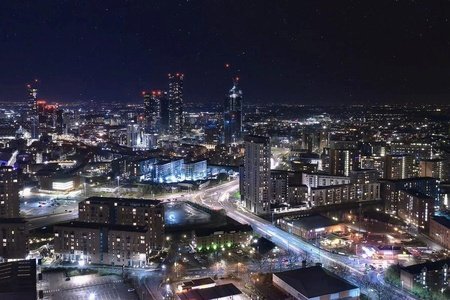
Durham, NC vs Durham, County Durham
Durham, North Carolina
Durham, County Durham
Durham is the fourth-largest city in North Carolina. It has a population of 283,506 as of 2020. Following the Civil War, it expanded rapidly due to its tobacco industry. It was the founding place and headquarters of the American Tobacco Company. Since them, it has become a medical, research, and education center.
Durham is a cathedral city in County Durham, northern England. Its population is 56,920 as of 2020. Durham University is one of the oldest universities in the UK, founded in 1832. Durham Castle and Cathedral is a World Heritage Site, as a fine example of Norman architecture. Durham Cathedral is the resting place of St Cuthbert.
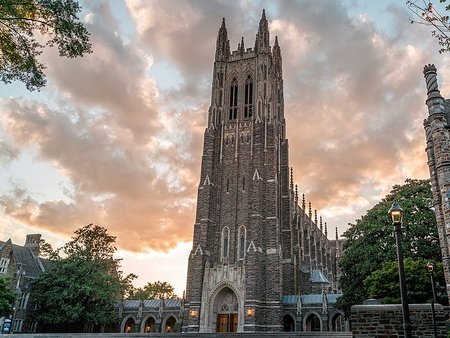

Cambridge, MA vs Cambridge, Cambridgeshire
Cambridge, Massachusetts
Cambridge, Cambridgeshire
Cambridge is the fourth-largest city in Massachusetts. Its population is 118,403 as of 2020. Cambridge is home to Harvard University, and the Massachusetts Institute of Technology, two of the highest ranked universities in the world. It is a major suburb of Boston, situated across the Charles River. Cambridge was founded in 1630 by Puritans, as it was easy to defend from incoming ship attacks.
Cambridge is a university city and county town of Cambridgeshire, England. Its population is 149,115 as of 2020. Cambridge is home to the University of Cambridge, one of the oldest universities in the world, founded in 1209. Cambridge was a notable trading centre for the Romans and Vikings. Some evidence suggests that settlements were created in the area in the Bronze Age.
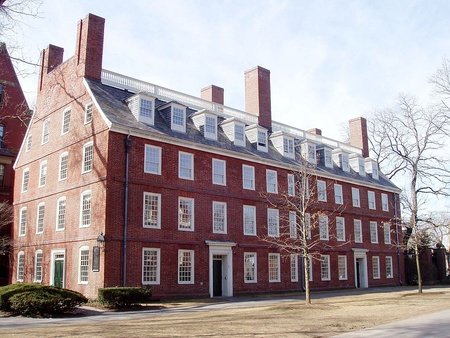
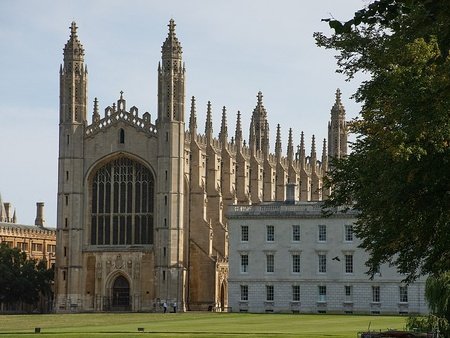
Worcester, MA vs Worcester, Worcestershire
Worcester, Massachusetts
Worcester, Worcestershire
Worcester is the second-largest city in Massachusetts and New England, with a population of 206,518. In the 19th century, Worcester developed industrially, due to rail transport and the Blackstone Canal. Worcester nowadays is very diverse, with 22% of the city's population being born outside of the United States. Worcester is the largest and most important city in Central Massachusetts. It forms a employment and transportation hub for the region.
Worcester is the county town and largest city in Worcestershire, with a population of 101,816 as of 2020. The River Severn passes through the city. Worcester is the home of Worcester Cathedral - where King John is buried, Royal Worcester Porcelain, famous composer Edward Elgar, Berrow's Worcester Journal - claimed as the world's oldest continuously produced newspaper, and Lea & Perrins - the traditional makers of Worcestershire sauce.
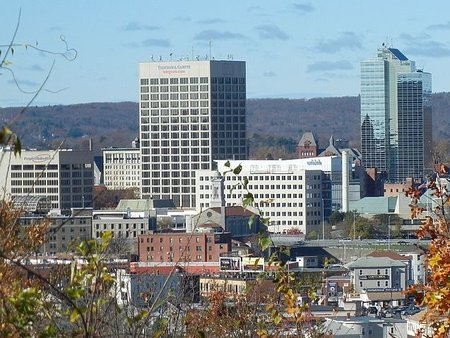
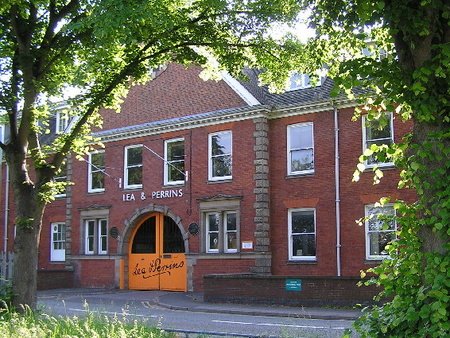
Plymouth, MA vs Plymouth, Devon
Plymouth, Massachusetts
Plymouth, Devon
Plymouth is a town in Massachusetts. Its population is 61,217 as of 2020. Known as "America's Hometown", it was the site where the Mayflower Pilgrims established the Plymouth Colony in 1620. It is the oldest settlement in New England, and one of the oldest in the United States. Plymouth is located 40 miles (64 km) south of Boston.
Plymouth is the largest city in Devon, with a population of 240,297 as of 2020. In 1620, Pilgrims set sail from Plymouth on the Mayflower. Plymouth was a major port during the Industrial Revolution, managing imports from the Americas, and exporting of minerals like tin, copper, and arsenic. Plymouth remains influenced by shipbuilding and seafaring.
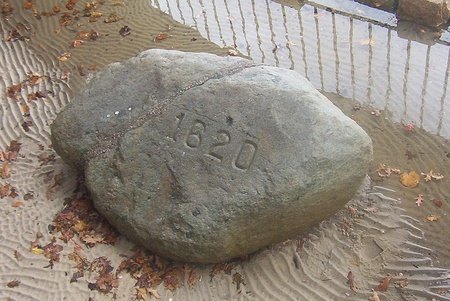
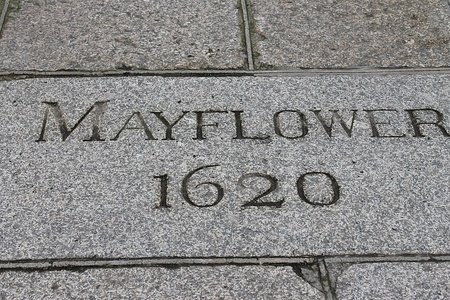
Dover, DE vs Dover, Kent
Dover, Delaware
Dover, Kent
Dover is the state capital and second-largest city in Delaware, with a population of 39,403 as of 2020. It is located on St John's River in the Delaware River plain. The capital of Delaware was moved there from New Castle in 1777. Dover was divided during the slavery period, and the city was an important stop on the Underground Railroad, due to its close proximity to the slave state of Maryland, and the free states of New Jersey and Pennsylvania.
Dover is a town and ferry port in Kent, England. Its population is 45,100 as of 2020. Dover is a major entry point for the United Kingdom. It is the destination of many migrants crossing the English Channel. It is one of the world's busiest maritime passenger ports, with 11.7 million passengers served in 2017. Tourism in the local area is largely for the White Cliffs of Dover and Dover Castle, with the latter receiving over 368,000 tourists in 2019.
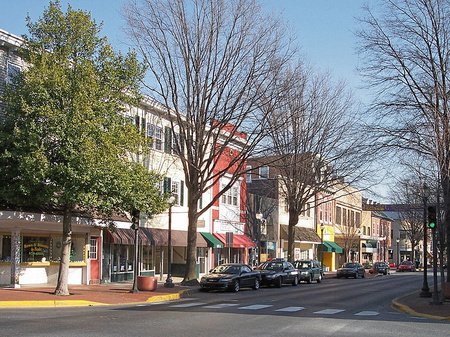
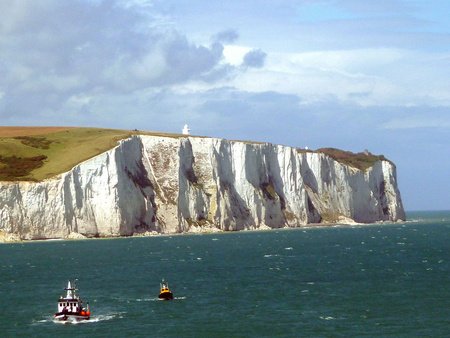
Lincoln, NE vs Lincoln, Lincolnshire
Lincoln, Nebraska
Lincoln, Lincolnshire
Lincoln is the state capital and second-largest city in Nebraska, with a population of 291,082 as of 2020. Lincoln was founded in 1856, and was originally called Lancaster. On April 1, 1869, it was incorporated as a city. The Nebraska State Capitol, completed in 1932, is the second tallest capitol in the United States. The University of Nebraska was founded in Lincoln in 1869, and is the largest in Nebraska. The Memorial Stadium, located on the University's campus, is famously larger than the state's third-largest city when full.
Lincoln is a cathedral city, and the county town and largest city in Lincolnshire, with a population of 107,434. Lincoln Cathedral was claimed to be the tallest building in the world following completion. It was 160 metres (520 ft) high in 1311 - surpassing the Great Pyramid of Giza. The Cathedral held one of the original copies of the Magna Carta, before being stored in Lincoln Castle. Lincoln's earliest settlement is from the Iron Age, but was developed as the Roman Lindum Colonia.
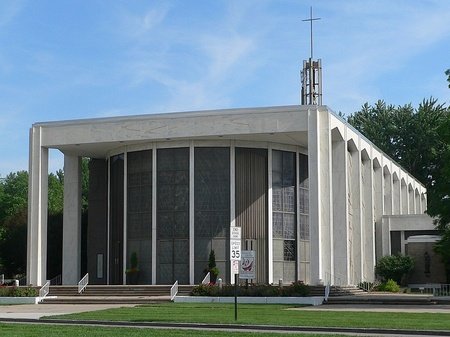
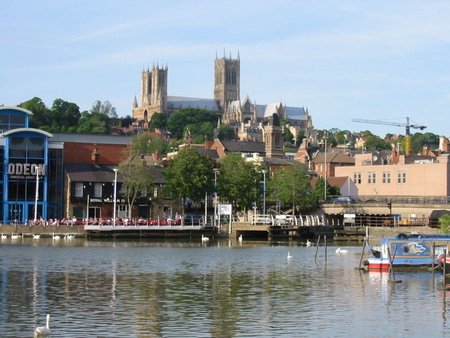
Washington, D.C. vs Washington, Tyne and Wear
Washington, D.C.
Washington, Tyne and Wear
Washington, D.C. is the capital city of the United States. Its population is 689,545 as of 2020. The city is an important world capital, being the seat of several international organisations, such as NATO and World Bank. It received over 20 million visitors in 2016. It was founded in 1791 to serve as the national capital. Washington is divided into quadrants, centered on the Capitol Building. The White House, the residence of the US President, is located in Washington, D.C.
Washington is a town in Tyne and Wear, England. Its population is 67,046 as of 2020. Washington was heavily involved in the coal industry. Washington is located equidistant between Newcastle upon Tyne, Sunderland, and Durham. Washington was designed as a new town in 1964, and became part of the Borough of Sunderland in 1974, which later became the City of Sunderland. Washington has largely expanded since then, to house overspill from nearby cities.

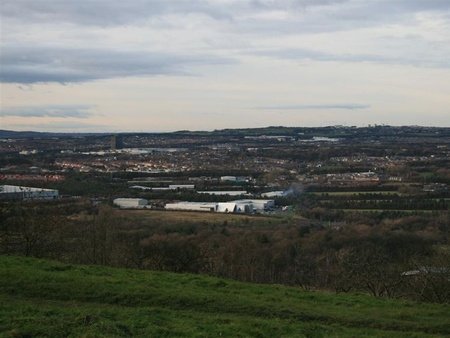
Final Thoughts
Thank you for reading this blog, highlighting some of the more notable settlements in the United States with similar names to settlements in the United Kingdom. Some other examples I could have included are:
-Edinburg, TX with Edinburgh, Scotland
- Hartford, CT with Hertford, Hertfordshire
- Lynn, MA with King's Lynn, Norfolk
- Portland, OR with Isle of Portland, Dorset
- Richmond, VA with Richmond, London
- Rochester, NY with Rochester, Kent
- Springfield, MA with Springfield, Essex
Again, thank you for reading my blog (my fourth). I would like to wish you all a Merry Christmas, Happy New Year, and Happy Holidays!

Is ironic how I was writing a blog, but my page refreshed, and I noticed your blog of “How Can We Improve Recent User Blogs” was featured below the title. Idk if it’s new or old, but then I came back to see the blog and comments, like nostalgia. Then, I go to RUB, and see this blog 🤔
Regarding to first paragraph, this is a site you should take a look about what I’m talking about (and I don’t care if is in Portuguese)
Also, it's interesting how many of these 'twin-cities' cities in North America are named after people (such as Halifax, Nova Scotia being named for the 2nd Earl of Halifax, not directly for Halifax, West Yorkshire).
- Worcester, England is twinned with Worcester, Massachusetts
- Evesham, England is twinned with Evesham Township, New Jersey
I also find it interesting to find out where places are named after other places, or even people. I have heard of both places called Halifax, but I never noticed the link that one was sort of named after another!
The quick links do look kind of messy, so I would recommend in the headings, put at least two or three spaces between the city and vs. for example (city one)…vs…(city two) instead of (city one).vs.(city two)
Some Indian towns (usually hill stations) are also named after British (and sometimes Irish) people and places like Landour from Llanddowror, Wales; Dalhousie, Wellington, Lovedale, Port Blair from colonial officers. And lastly, Aberdeen too!
Before researching for this blog, I knew that there were other places in the world with British names. However, I never knew that fact about Indian towns!
With British colonialism comes British re-using their place names. Somehow, Worcester in England is the third largest Worcester in the world, being smaller than the Worcester in Massachusetts, US; and the Worcester in Western Cape, South Africa.
I literally said that on my commentAlso there is a Crewe in Virginia that is a railway town the same as the Crewe in Cheshire